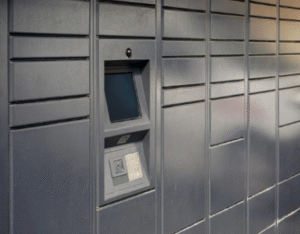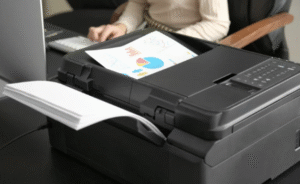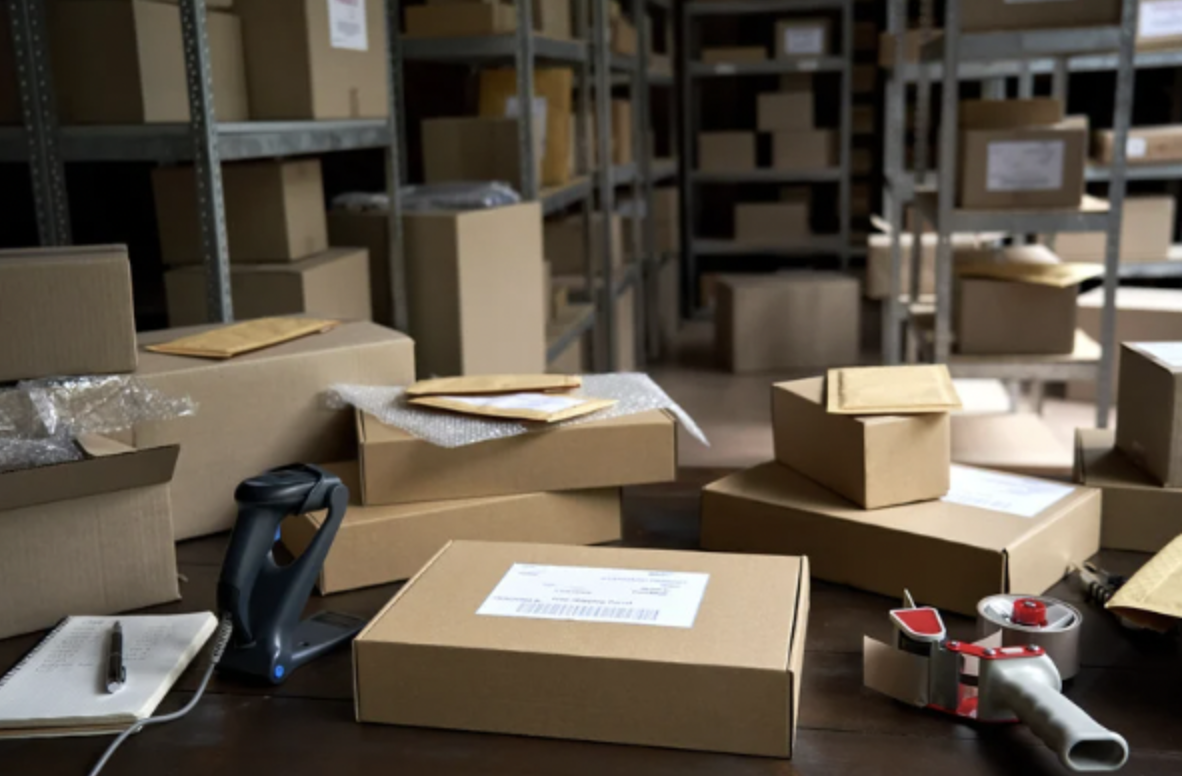Beyond the Counter: Innovative Service Models & Technologies in University Mail
The evolution of university mail services extends beyond internal processing to introduce innovative delivery and printing models that enhance convenience and efficiency across campus.
Smart Lockers and Automated Package Pickup

Intelligent locker systems are experiencing growing adoption on university campuses as a solution for secure and contactless package retrieval. These smart lockers offer students, faculty, and staff the convenience of 24/7 access to their delivered packages, eliminating the constraints of traditional mailroom hours.
The integration of smart lockers with campus-wide systems ensures a seamless experience. Recipients typically receive automated notifications via email or text message when a package is placed in a locker, along with a unique access code or instructions for using their student ID card to open the designated locker. This system not only enhances the user experience by providing flexibility and convenience but also significantly reduces the workload on mail services staff, who no longer need to manually sort and distribute every package. The 24/7 availability of smart lockers caters to the diverse schedules of university community members, and the automated notifications and secure access mechanisms eliminate the need for physical interaction and long wait times at the mailroom counter.
On-Demand and Decentralized Printing Solutions

Cloud-based print management systems and mobile printing technologies are transforming how printing is handled on university campuses. These solutions empower students and faculty to print documents from virtually any location on or off campus, at any time, using their personal laptops, smartphones, or tablets, as well as designated campus-provided printing kiosks. This decentralized approach offers significant flexibility and convenience, reducing the traditional reliance on centralized computer labs and print facilities.
Furthermore, the academic landscape is witnessing the increasing potential of 3D printing in various disciplines. From engineering and architecture to medicine and art, 3D printing enables rapid prototyping, supports cutting-edge research, and allows for the creation of specialized materials and models. Efficient management and accessibility of these 3D printing resources are becoming increasingly important for universities to foster innovation and support diverse academic and research activities. Cloud-based printing eliminates the need for managing multiple print servers across campus and allows users to seamlessly print to any compatible printer connected to the network. 3D printing provides students and researchers with powerful tools to translate digital designs into physical objects, supporting a wide range of creative and academic endeavors.
 Autonomous Delivery Systems
Autonomous Delivery Systems
The potential for utilizing drones or autonomous ground vehicles for package and mail delivery on large university campuses is an emerging area of innovation. These autonomous systems could be particularly beneficial for inter-departmental mail transfers or for delivering items to locations on campus that are geographically remote or difficult to access quickly.
While the implementation of these technologies is still in its early stages within higher education, they hold the promise of faster, more efficient, and potentially lower-cost delivery of mail and packages. However, universities must carefully consider the various challenges and opportunities associated with their adoption, including critical safety considerations, navigating complex regulatory landscapes, establishing the necessary infrastructure to support autonomous operations, and addressing potential concerns regarding public perception and acceptance. Self-driving robots and drones have the capability to operate outside of traditional mailroom hours and navigate campus environments with efficiency. Nevertheless, thorough planning and careful consideration of logistical, security, and regulatory hurdles are essential prerequisites for successful and widespread implementation.
